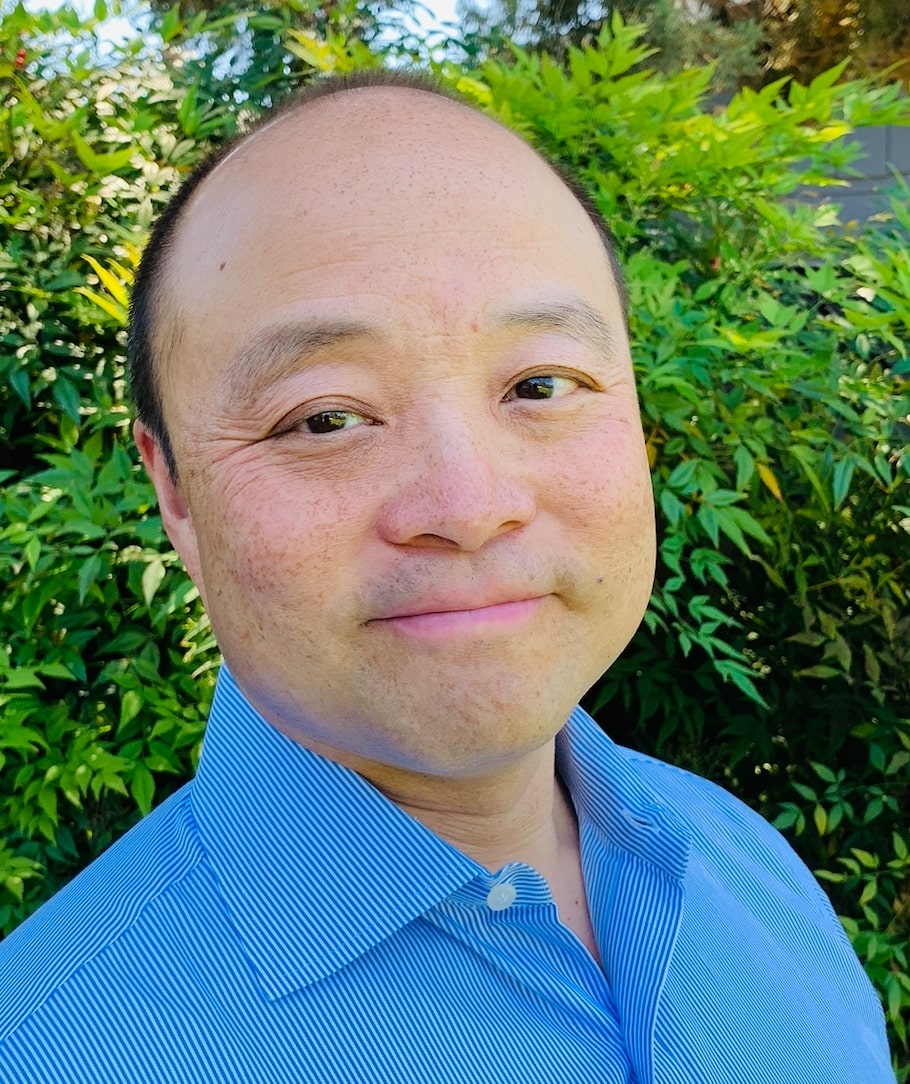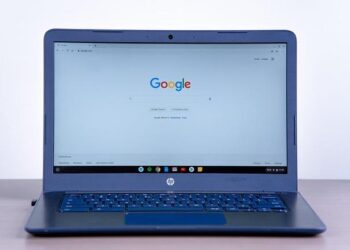Microsoft Quantum team used AI to identify around 500,000 stable materials in the space of a few days. New battery material came out of a collaboration using Microsoft’s Azure Quantum Elements to winnow 32 million potential inorganic materials to 18 promising candidates that could be used in battery development in just 80 hours. This work breaks ground for a new way of speeding up solutions for urgent sustainability, pharmaceutical and other challenges while giving a glimpse of the advances that will become possible with quantum computing.
The next traditional scientific step is testing the hypotheses, typically a long, iterative process. “If it’s a failure, we go back to the drawing board again,” Murugesan says. One of his previous projects at PNNL, a vanadium redox flow battery technology, required several years to solve a problem and design a new material.
Azure Quantum Elements offers a cloud computing system (regular computers simulating quantum computers) designed for chemistry and materials science research with an eye toward eventual quantum computing, and is already working on these kinds of models, tools and workflows. These models will be improved for future quantum computers, but they are already proving useful for advancing scientific discovery using traditional computers.
The algorithm proposed 32 million candidates – like finding a needle in a haystack. Next, the AI system found all the materials that were stable. Another AI tool filtered out candidate molecules based on their reactivity, and another based on their potential to conduct energy.
The idea isn’t to find every single possible needle in the hypothetical haystack, but to find most of the good ones. Microsoft’s AI technology whittled the 32 million candidates down to about 500,000 mostly new stable materials, then down to 800.
“At every step of the simulation where I had to run a quantum chemistry calculation, instead I’m calling the machine learning model. So I still get the insight and the detailed observations that come from running the simulation, but the simulation can be up to half a million times faster,” says Nathan Baker, Product Leader for Azure Quantum Elements.
AI may be fast, but it isn’t perfectly accurate. The next set of filters used HPC, which provides high accuracy but uses a lot of computing power. That makes it a good tool for a smaller set of candidate materials. The first HPC verification used density functional theory to calculate the energy of each material relative to all the other states it could be in. Then came molecular dynamics simulations that combined AI and HPC to analyze the movements of atoms and molecules inside each material.
This process culled the list to 150 candidates. Finally, Microsoft scientists used HPC to evaluate the practicality of each material – availability, cost and such – to trim the list to 23 – five of which were already known.
Thanks to this AI-HPC combination, discovering the most promising material candidates took just 80 hours.

Brian Wang is a Futurist Thought Leader and a popular Science blogger with 1 million readers per month. His blog Nextbigfuture.com is ranked #1 Science News Blog. It covers many disruptive technology and trends including Space, Robotics, Artificial Intelligence, Medicine, Anti-aging Biotechnology, and Nanotechnology.
Known for identifying cutting edge technologies, he is currently a Co-Founder of a startup and fundraiser for high potential early-stage companies. He is the Head of Research for Allocations for deep technology investments and an Angel Investor at Space Angels.
A frequent speaker at corporations, he has been a TEDx speaker, a Singularity University speaker and guest at numerous interviews for radio and podcasts. He is open to public speaking and advising engagements.
>>> Read full article>>>
Copyright for syndicated content belongs to the linked Source : Next Big Future – https://www.nextbigfuture.com/2024/01/microsoft-using-ai-and-quantum-simulation-methods-and-identified-better-battery-material-candidates.html































